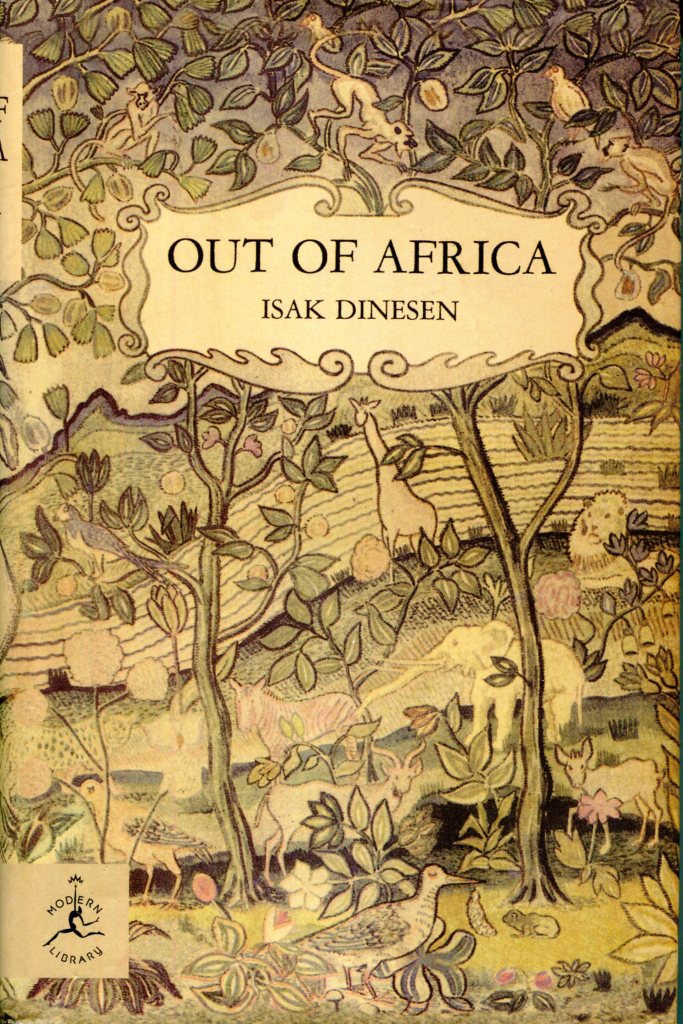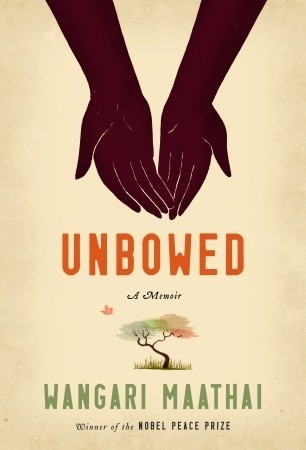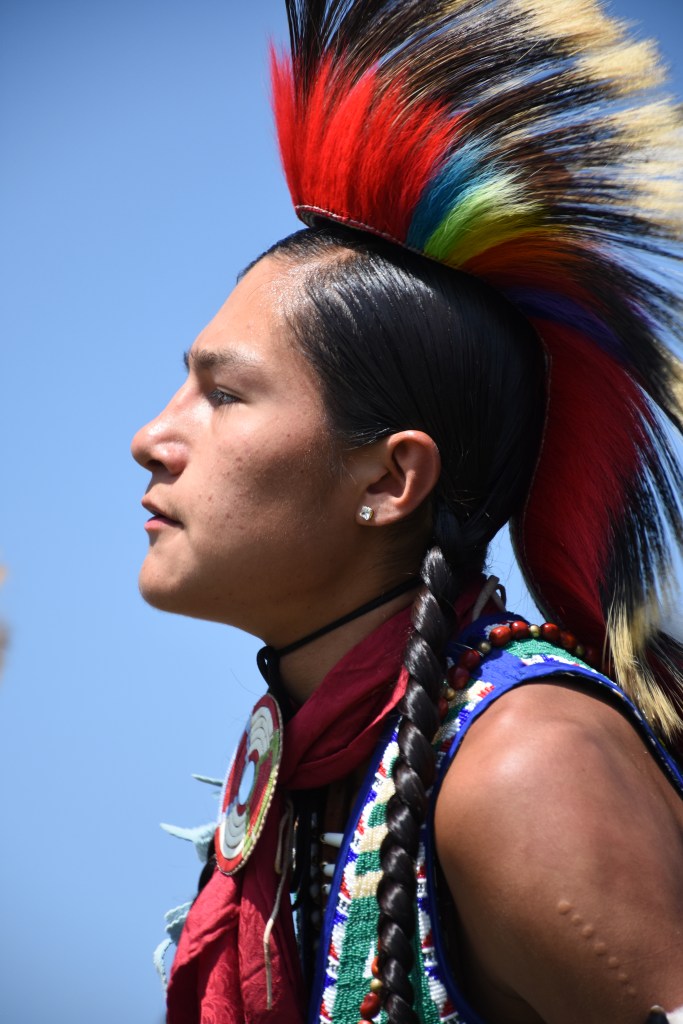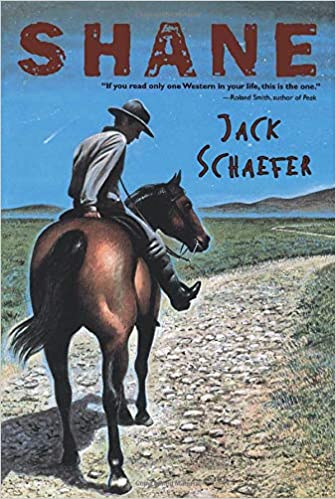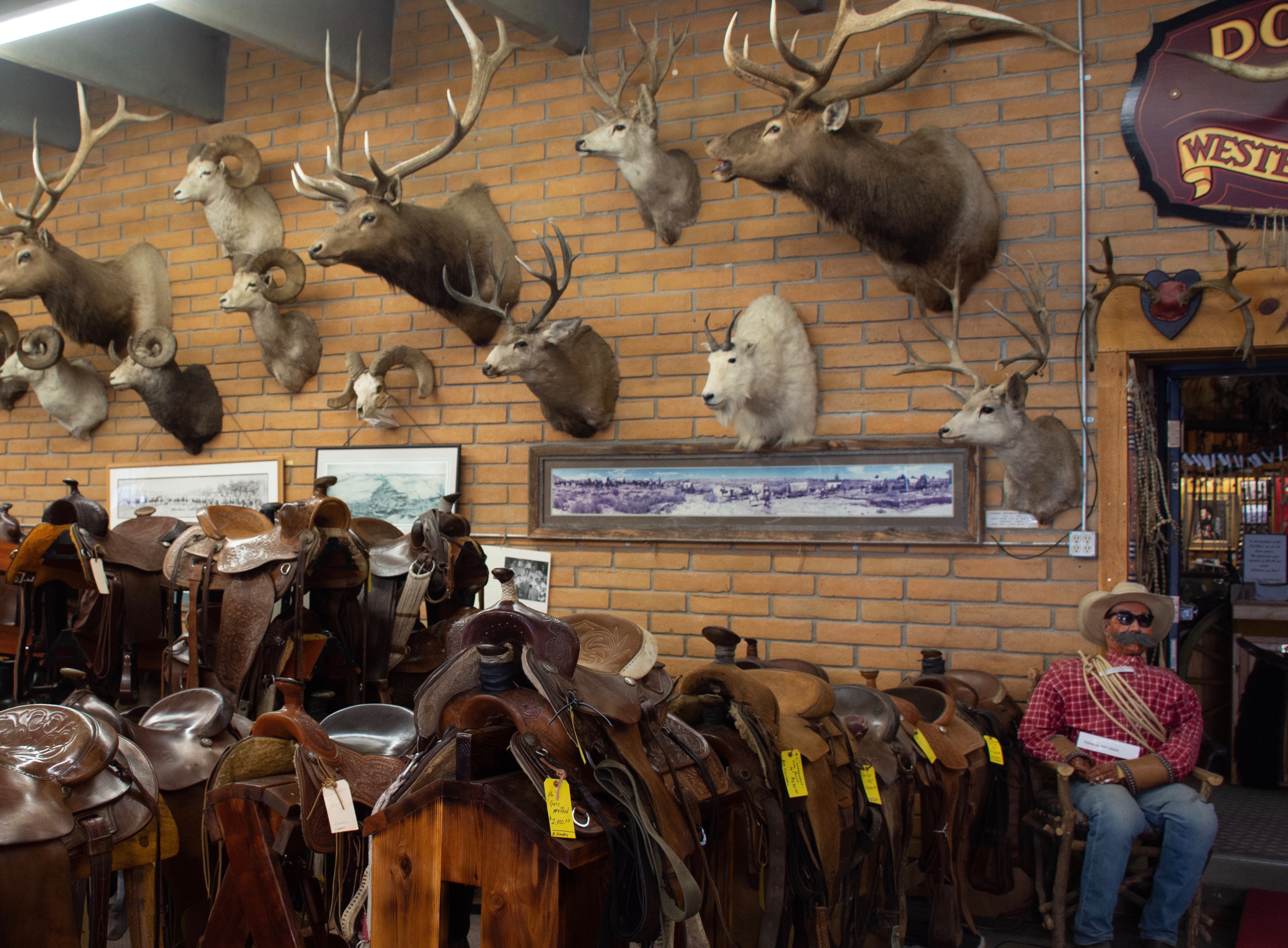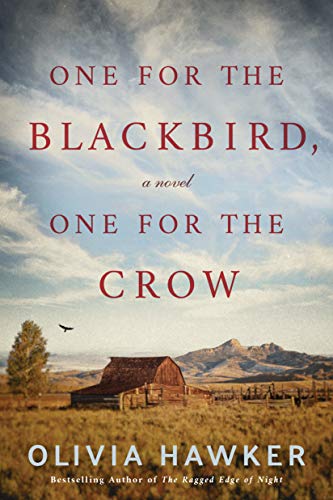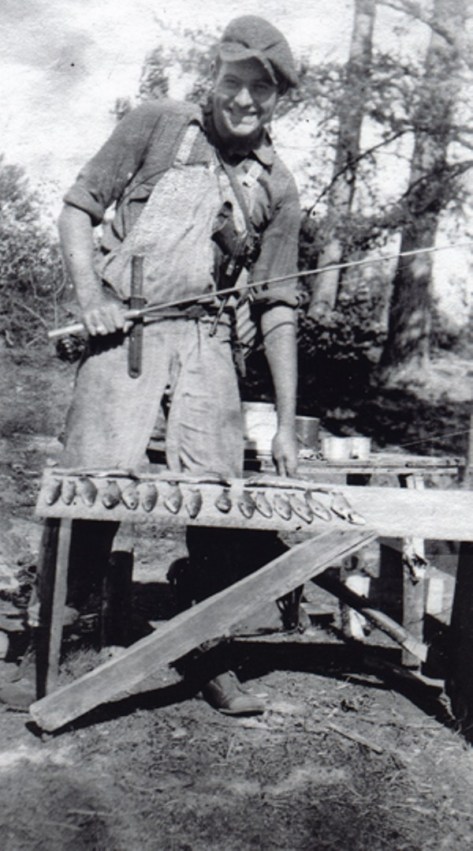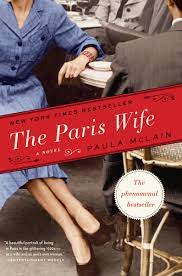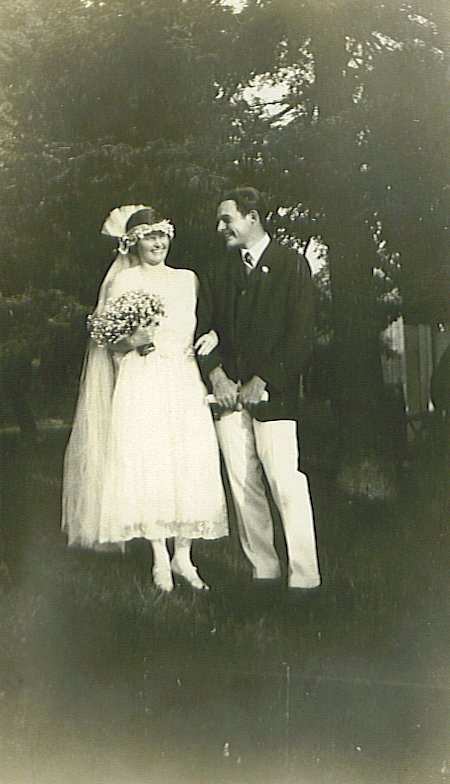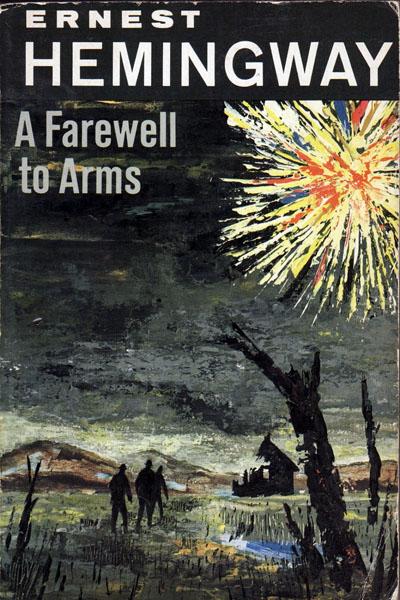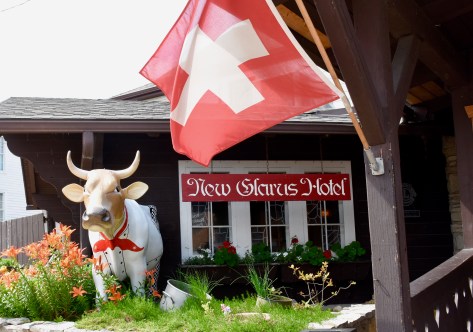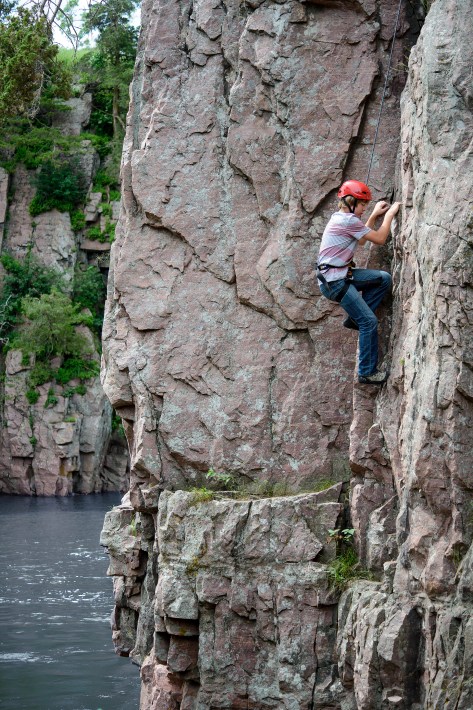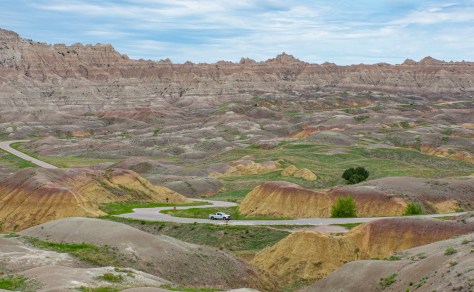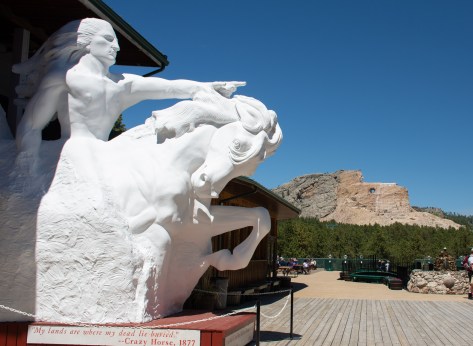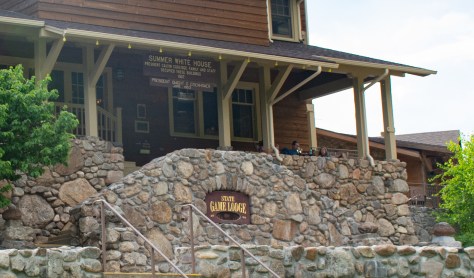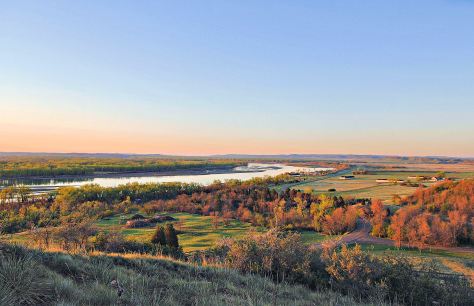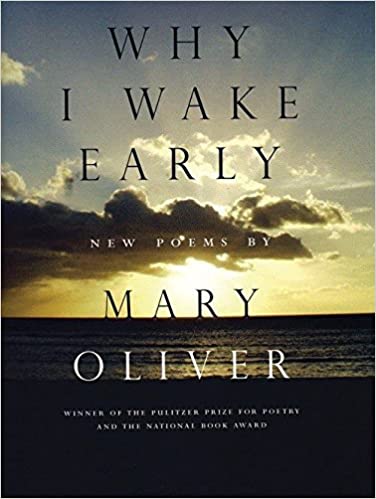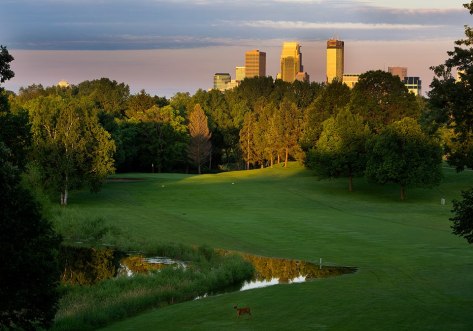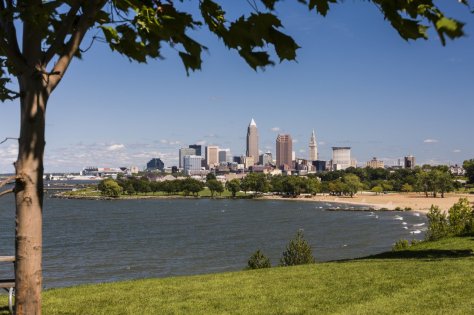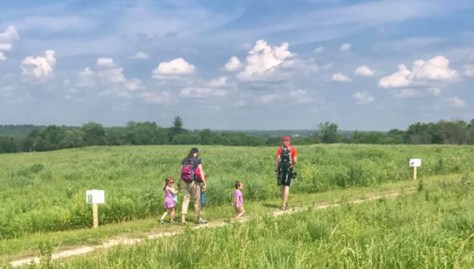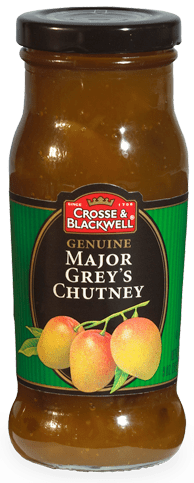13 Can’t-Miss Activities for New Residents
Hi everyone. I’m sharing a nice article by Julia Weaver that appeared on the blog of the real estate company Redfin yesterday mentioning Offthebeatenpagetravel.com. Whether you’re a new Minneapolis resident, a visitor, or if you’ve lived in the City of Lakes a long time, you’ll find plenty of good ideas. Thanks to Redfin for including us.

What was once two cities on either side of the Mississippi River – Minneapolis combines the best of both cities and offers its residents a little bit of everything. From checking out the restaurant scene to cheering on the sports teams – there’s an endless number of fun things to do in Minneapolis.
Whether you’re considering living in Minneapolis, looking to rent an apartment in North Loop, or in the market to buy a house in Fulton, if you’re in search of an exciting Midwestern city you’ve come to the right place. We turned to local experts to share fun things to do in Minneapolis. You’ll always discover something exciting happening in every corner of this city.
1. Watch a performance at one of the many venues
“Few places have as many professional theater companies as Minneapolis, which is why this is a great activity for many,” explains Aaron Giaco of Gay Travel. “Some of the top theaters in the city are the Guthrie, Theater Latte Da, The Mixed Blood Theater, and the Children’s Theater. Minneapolis is home to the Minnesota Orchestra at Orchestra Hall, ballet and dance venues, and the beautifully renovated Northrop Auditorium on the campus of the University of Minnesota. The State and Orpheum theaters also host (and many times launch) major Broadway productions, which are always fun things to do and see in Minneapolis.”
2. Check out the amazing craft brewery taprooms
If you’re a fan of relaxing on a Friday night with a cold beer or grabbing one after a long day at work, Minneapolis has you covered.
Minneapolis (and the entire Twin Cities of Minneapolis/St. Paul) has many unique places to grab a beer, states Wanderlust in Real Life, a travel planner and craft beer fanatic. “A few of my favorite breweries in Minneapolis are Dangerous Man Brewing Co. and Modist. Both taprooms offer unique beers, but my favorites are the Modist’s shook milkshake IPA series, Dangerous Man’s mainstay PB Porter, and Chocolate milk stout. Among all of the breweries in the Minneapolis/St. Paul metro, those two are among my top 5 favorites.”
3. Check out Eat Street and dine at Pho 79

Another fun thing to do in Minneapolis is checking out “Eat Street,” a stretch of wildly diverse restaurants on a few short blocks along Nicollet Avenue.
Located along the popular “Eat Street” of Minneapolis, Pho 79 is a dining spot travel blogger Mikah Meyer recommends to all new residents.
“They have the best pho or vermicelli salad,” says Mikah Meyer. “Plus, their cream cheese wontons are insanely tasty (10 for only $6–even after they increased from $4 due to inflation.) I’ve always drank down every last drop of Pho 79 broth. All menu items are incredibly affordable. Minneapolis is a rare mix of big city amenities but inexpensive, Midwestern pricing.”
5. Check out Hana Bistro MN food truck for gourmet Chinese food
What was once a popular dine-in restaurant, Hana Bistro MN, now operates on four wheels after pivoting to a mobile eatery. This winter, Hana Bistro MN will be at the Wooden Ship Brewery in SW Minneapolis twice a week and Bauhaus Brew Labs in NE Minneapolis twice a week. Flavors like this are hard to come by.

6. Cheer on the Minneapolis sports teams
Minneapolis is built for sports lovers, but really, anyone is bound to have fun at a Minneapolis sport event. As a Minneapolis resident, you have the opportunity to cheer on the Twins (MLB), Vikings (NFL), Wild (NHL), or Timberwolves (NBA), and be part of the camaraderie that forms among enthusiasts.
“Purple and Gold are ingrained in you from birth if you’re from Minnesota, explains travel bloggers The Walking Tourists. “If you’re not native Minnesotans, you can embrace the Minnesota Vikings voluntarily. The opportunity to visit US Bank Stadium (and Metrodome in earlier days) and see fans in their Vikings gear while cheering the team on to victory is always a joy. We recommend touring the stadium and experiencing standing on the turf where some of the greatest players in team history have played.”
4. Stroll along the Mississippi Riverfront in downtown Minneapolis
“The Mississippi Riverfront, where Minneapolis was born, was once the milling capital of the world and hosted an intersection of railroads winding from coast to coast,” shares Mpls Downtown Council. “Today, you can enjoy some of Minneapolis’ best views on the historic Stone Arch Bridge overlooking St. Anthony Falls—a walkable and bikeable destination. Stroll along West River Parkway and take in a show at the Guthrie Theater, learn the city’s early history at the Mill City Museum, or relax at incredible green spaces along Water Works. Spend time at Gold Medal Park or enjoy a world-renown meal while honoring the area’s native roots at Owamni by The Sioux Chef. The options are endless.”
Terri Peterson Smith of Off The Beaten Page Travel also recommends visiting the historic Mississippi Riverfront. “Walk out onto the iconic Stone Arch Bridge, where the mighty river rushes below, and a sense of history swirls up in the cool mist from St. Anthony Falls roaring before you.”
Peterson goes on to share, “Native Americans call this location Mni Sota Makoce, ’Land Where the Waters Reflect the Clouds.’ This is where the great industrialists Pillsbury and Washburn (General Mills) harnessed the power of the river to run their flour mills and launched a thriving metropolis. From here, you can walk to the Mill Ruins Museum, Mill City Farmers Market, Owamni (James Beard Best Restaurant of the year), the Guthrie Theater, or simply enjoy a stroll along the riverfront.”
7. Attend the Twin Cities film festival
Do you consider yourself a movie buff? If you’re passionate and enthusiastic about movies, be sure to check out the Twin Cities film festival.
Travel bloggers Wunmi and Sophia of Thrifty with a Compass share, “One of Minneapolis’ events that recently moved to spot 1 on our ‘fun things to do in Minneapolis’ list is the Twin Cities Film Festival. It takes place over two weekends in October and is a fantastic opportunity to celebrate the work of talented filmmakers local to Minnesota. We also enjoy it because we get a sneak peek into the year’s award-winning independent films and documentaries. Grab some friends and a bucket of popcorn – it’s the perfect fall activity.”
8. Take advantage of the food scene
A quick Google search about the Minneapolis food scene and you’ll find many critics deem the city underrated. From international cuisine to local staples, the Minneapolis food scene is definitely something to talk about.
“One of the absolute best parts of living in the Twin Cities is access to fantastic food,” shares local lifestyle blogger Kelly Zugay. “With diverse cuisine and award-winning chefs, Minneapolis has no shortage of great food. Food halls like Graze Provisions + Libations and The Market at Malcolm Yards are some of my go-to places. Whether you’re craving a specific cuisine or have a dietary preference, there is something for everyone at these food halls.”
10. Spend time at the North Loop in Minneapolis
“Though my husband and I live in the suburbs, we find ourselves driving to North Loop at least once per week,” explains Zugay. “This walkable area features excellent coffee shops like Backstory and Fairgrounds, local shops like Jaxen Grey and HOUSER, and incredible restaurant experiences like Tullibee at The Hewing Hotel.”
Also known as The Warehouse District because of the area’s converted warehouses, North Loop is a vibrant neighborhood best known for its nightlife, hip restaurants, and shopping.
9. Shop at farmers markets to support local businesses
If you love to cook with fresh produce and want to support local businesses, look no further than the farmers markets.
Zugay goes on to say, “The Mill City Farmers Market and Linden Hills Farmers Market are some of my favorite farmers markets in Minneapolis. Here, the farmers markets not only offer amazing, fresh produce but are also the perfect place for sampling food, becoming familiar with local small businesses, getting fresh flowers, and more. The momos from Gorkha Palace are a must-try.”
11. Spend an afternoon at Lake Bde Maka Ska
“Lake Bde Maka Ska is always a lively and energetic area where you can take partake in fun things to do like a 3-mile walk around the water, rent kayaks or paddleboards, or enjoy a good book at the beach, says Minneapolis-based blogger Little Blue Backpack. “After, find a spot at the bar or outdoor patio at Wakame Sushi and Asain Bistro. It’s the best happy hour (and sushi) in town.”
Lake Bde Maka Ska is the largest lake in Minneapolis and is surrounded by parks and trails while offering a great view of the Minneapolis skyline.
12. Try international cuisines
“If you’re a foodie or just love to try different types of delicious cuisine, you must stop by the Midtown Global Market,” says MICE Travel Today, a collection of blogs, webinars, and resources. “It’s perfect for locals and tourists, and you can find foods from Morocco, Thailand, Somalia, Mexico, and plenty more. Go on your own global culinary food tour – we recommend starting with the 3 Little Pigs Torta from Manny’s Tortas.”
13. Tour the J. Carver Distillery
For the spirited whiskey aficionado – A Minneapolis must is experiencing a J. Carver grain-to-glass distillery tour and tasting. The tour highlights their award-winning spirits and is open to the public on Saturdays. You can also enjoy a delicious specialty craft cocktail in their cocktail lounge.
For more on Minneapolis, see Where to Find Native American Culture in Minneapolis and A Riverfront Tour in Minneapolis.









